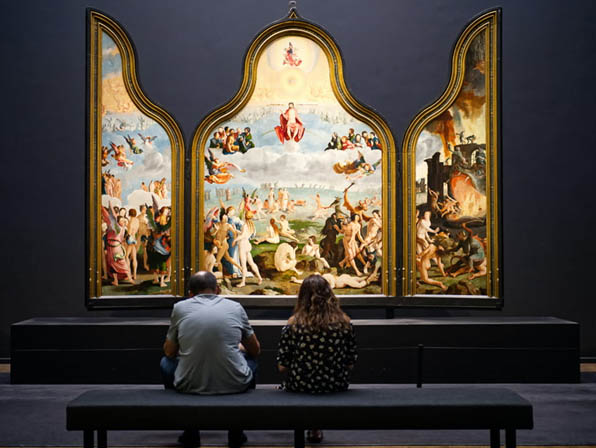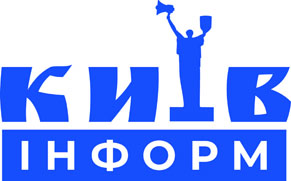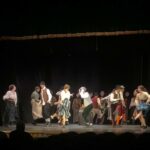
Pablo Picasso was right…
Every student is an artist…
(listicle)
“A true artist is not one who is inspired, but one who inspires others”
(Salvador Dali).
Art is something we do, a verb. Art is an expression of our thoughts, emotions, intuitions, and desires, but it is even more personal than that: it’s about sharing the way we experience the world, which for many is an extension of the personality. It is the communication of intimate concepts that cannot be faithfully portrayed by words alone. And because words alone are not enough, we must find some other vehicle to carry our intent. But the content that we instill on or in our chosen media is not in itself the art. Art is to be found in how the media is used, the way in which the content is expressed.
What does fauvism mean and what is conceptual art all about? Speaking art seems like a discipline in itself and if you are new to the art world, you probably have a ton of questions, especially about each movement in art and the different types of art. Whether you’re looking for inspiration on how to complete the 10 art style challenges, or you are confused with Expressionism v. Impressionism or Baroque v. Rococo, Artland’s online glossary is designed to explain simple art terminology. Here, I provide you with the top terms of art movements and styles.
Abstract Expressionism
The designation Abstract Expressionism encompasses a wide variety of American 20th-century art movements and is usually characterized by large abstract painted canvases. Also known as The New York School, this movement in abstract art includes sculpture and other media as well The term Action painting is associated with Abstract Expressionism, describing a direct and highly dynamic kind of art that involves the spontaneous application of vigorous, sweeping brushstrokes and the effects of dripping and spilling paint onto the canvas.
Art Nouveau
A decorative style that flourished between 1890 and 1910 throughout Europe and the U.S. Art Nouveau, also called Jugendstil (Germany) and Sezessionstil (Austria), is characterized by sinuous, asymmetrical lines based on organic forms. Although it influenced painting and sculpture, its chief manifestations were in architecture and the decorative and graphic arts, aiming to create a new style, free of the imitative historicism that dominated much of 19th-century art movements and design.
Avant-garde
In French, avant-garde means “advanced guard” and refers to innovative or experimental concepts, works or the group of people producing them, particularly in the realms of culture, politics, and the arts.
Baroque
Similar to Expressionism v. Impressionism, Baroque v. Rococo can confuse people. The term Baroque, derived from the Portuguese ‘Barocco’ meaning ‘irregular pearl or stone,’ is a movement in art and architecture developed in Europe from the early seventeenth to mid-eighteenth century. Baroque emphasizes dramatic, exaggerated motion and clear, easily interpreted, detail, which is a far cry from Surrealism, to produce drama, tension, exuberance, and grandeur.
Classicism
The principles embodied in the styles, theories, or philosophies of the different types of art from ancient Greece and Rome, concentrating on traditional forms with a focus on elegance and symmetry.
Conceptual art
Conceptual art, sometimes simply called conceptualism, was one of several 20th– century art movements that arose during the 1960s, emphasizing ideas and theoretical practices rather than the creation of visual forms. The term was coined in 1967 by the artist Sol Le Witt, who gave the new genre its name in his essay “Paragraphs on Conceptual Art,” in which he wrote, “The idea itself, even if not made visual, is as much a work of art as any finished product.”
Expressionism
Expressionism v. Impressionism, a common comparison. Expressionism is a global artistic movement in art, architecture, literature, and performance that flourished between 1905 and 1920, especially in Germany and Austria, that sought to express the meaning of emotional experience rather than physical reality. Conventions of the expressionist style include distortion, exaggeration, fantasy, and vivid, jarring, violent, or dynamic application of color in order to express the artist’s inner feelings or ideas.
Fauvism
Coined by the critic Louis Vauxcelles, Fauvism (French for “wild beasts”), fauvism is the early 20th-century art movement. Fauvism is associated especially with Henri Matisse and André Derain, whose works are characterized by strong, vibrant color and bold brushstrokes over realistic representational qualities.
Impressionism
On the other side of the Expressionism v. Impressionism comparison, Impressionism is the 19th-century art movement, associated especially with French artists such as Claude Monet, Pierre Auguste Renoir, Camille Pissarro and Alfred Sisley, who attempted to accurately and objectively record visual ‘impressions’ by using small, thin, visible brushstrokes that coalesce to form a single scene and emphasize movement and the changing qualities of light. Being anti-academic in its formal aspects, the impressionists responded to traditions that had recently excluded them from the government-sponsored annual exhibitions called Salons by creating independent exhibitions outside of the established venues of the day.
Dada / Dadaism
An artistic and literary movement in art formed during the First World War as a negative response to the traditional social values and conventional artistic practices of the different types of art at the time. Dada artists represented a protest movement with an anti-establishment manifesto, sought to expose accepted and often repressive conventions of order and logic by shocking people into self-awareness.
At the end of this article, I would like to remind the inspiring quote of Pablo Picasso, “Every child is an artist. The problem is how to remain an artist once he grows up.” If you don`t mind, I will paraphrase it, “Every student is an artist and during the quarantine let`s try to remember it, think about it, and realize it.”

























































Залишити відповідь